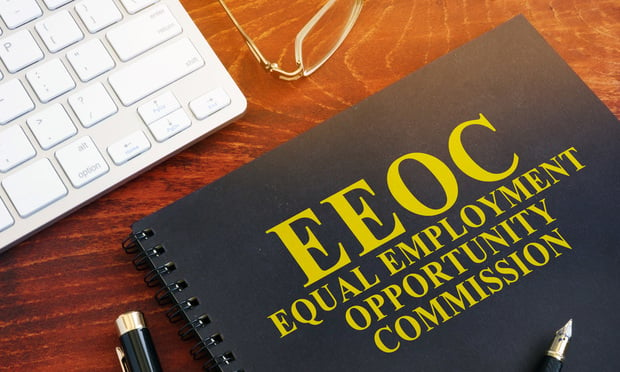On Feb 1., BenefitsPRO published a story: At Labor, Regulators Rely on Advisor Tips for Enforcement. The headline, and some of the story’s reporting, inaccurately interpreted the ‘benefits advisors’ referenced in a DOL fact sheet as private-sector plan advisors. A reader pointed out this inaccuracy. The ‘benefits advisors’ referred to in the fact sheet are internal Labor employees who field inquiries, mostly from plan participants, that ultimately lead to plan investigations.
Not incidentally, BenefitsPRO sent an email to DOL requesting clarification on that very question. It wasn't answered. We published our story based on our understanding of DOL’s fact sheet. We are grateful to our astute audience for helping us to continue to accurately report benefits industry news.
Last year, regulators at the Employee Benefits Security Administration, the Labor Department agency charged with regulating workplace retirement and health plans, opened 617 new investigations based on tips fielded from internal benefits plan advisors at the agency.
In fiscal year 2016, tips from benefits advisors within the Labor Department led to another 662 new investigations. Each year, EBSA fields tens of thousands of inquiries from the public—174,000 last year, many through the agency’s toll-free number and website.
Those inquiries are a “major source” of enforcement leads, according to a fact sheet from EBSA.
So far, the Trump administration’s regulatory rollback initiatives have not slowed enforcement action at EBSA. In fiscal year 2017, which included the last three months of the Obama administration, EBSA recovered $1.1 billion, compared to $777.5 million the previous year.
Nearly $700 million of recoveries last year came from enforcement actions, almost twice the amount from 2016. EBSA’s fact sheet does not separate retirement and health plans in the overall data.
Of the 1,700 civil investigations closed last year, 65 percent resulted in cash recoveries or other corrective actions, proving what EBSA calls its “ability to effectively target ERISA violations in the employee benefit plan universe.”
Almost half of the recoveries from the civil investigations went to participants in defined benefit retirement plans.
All told, 134 of those civil investigations were referred to Labor’s Office of the Solicitor for litigation. The Department filed 50 civil suits as a result. Labor’s legal team weighs factors such as the cost of litigation, viability of meaningful resolutions, and enforcement priorities when considering whether to initiate a lawsuit.
The really bad actors are pursued with criminal charges. More than 300 criminal cases were closed in 2017, leading to 113 indictments of plan fiduciaries, corporate officers and service providers, and 79 guilty pleas or convictions in court.
In December, after the close of fiscal year 2017, a fund manager to the Iron Workers Local Union in Birmingham, AL, was sentenced to five years probation and six months of house arrest for stealing $46,000 in plan assets.
In November, the Labor Department successfully filed a cease-and-desist order and froze the bank accounts of AEU Holdings and Black Wolf Consulting for failure to pay $26 million in medical claims to participants in a multiemployer health plan. Complaints from the plan’s participants initiated the investigation.
In October, a Florida man was sentenced to 13 years in prison for submitting fraudulent Medicare claims. In July, an Arkansas man was sentenced to 12 years for embezzling $150,000 from a retirement plan.
EBSA also made substantial recoveries without taking civil or criminal legal action. In 2017, $418 million was recovered through informal resolutions.
The agency encourages plan officials to police themselves through the Voluntary Fiduciary Correction Program, which EBSA says provides fiduciaries “significant incentives” to self-correct administration errors. More than 1,300 applications were made through the VFCP in 2017, resulting in $10 million in plan corrections.
Of the 1,700 civil investigations closed last year, 65 percent resulted in cash recoveries or other corrective actions, proving what EBSA calls its “ability to effectively target ERISA violations in the employee benefit plan universe.”
Complete your profile to continue reading and get FREE access to BenefitsPRO, part of your ALM digital membership.
Your access to unlimited BenefitsPRO content isn’t changing.
Once you are an ALM digital member, you’ll receive:
- Breaking benefits news and analysis, on-site and via our newsletters and custom alerts
- Educational webcasts, white papers, and ebooks from industry thought leaders
- Critical converage of the property casualty insurance and financial advisory markets on our other ALM sites, PropertyCasualty360 and ThinkAdvisor
Already have an account? Sign In Now
© 2024 ALM Global, LLC, All Rights Reserved. Request academic re-use from www.copyright.com. All other uses, submit a request to [email protected]. For more information visit Asset & Logo Licensing.








